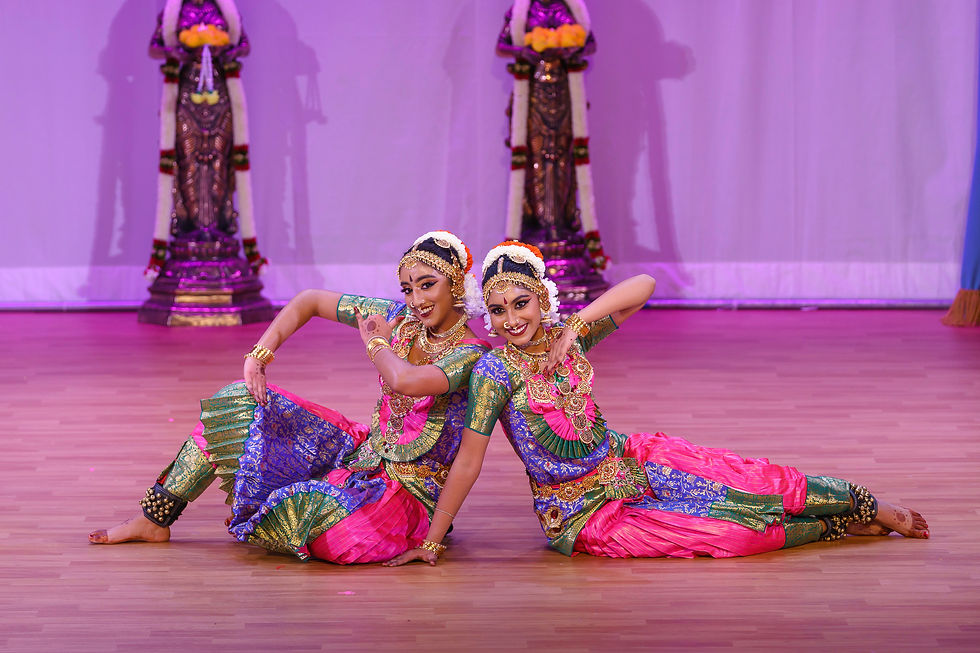

The Neuroscience of Dance
In this blog post, we’ll dive into the neuroscience behind the human drive to jive.

My Guru, or dance teacher, has always said ‘make sure you come to dance class before your SAT exam because you will be able to focus and get a better score!’ Connecting neurons that allow the coordination necessary for beautiful choreography to be created is complicated and requires focus. This focus and stimulation can actually modify the brain. The science behind this idea is a concept called neuroplasticity. This is where the brain adapts, structurally and functionally to both external and internal stimuli. Sometimes the brain changes due to trauma like a stroke but the brain can also change through learning. Dance induces this type of adaptability in the brain.
Early researchers believed it was not possible to create new neurons after birth. We now know that the brain’s neuroplasticity allows new pathways to form between both old neurons and new neurons. When a person has a stroke, functional plasticity allows various parts of the brain to take over for the injured parts of the brain. Through structural plasticity, dance can actually modify the physical structure of the brain. Exercise increases plasticity through the release of brain-derived neurotrophic factor which allows for actual nerve growth.
Research has shown that exercise that requires coordination actually increases hippocampal volume in older patients. This is particularly important because loss of volume in this structure has been thought to be a part of memory impairment in diseases like Alzheimers. A study done at Columbia University stated that dance constitutes a “pleasure double play.” Music stimulates the brain’s reward centers, while dance activates its sensory and motor circuits.’ This activation of the brain allows for the release of serotonin- a feel good hormone that helps reduce stress. Release of serotonin can help form connections necessary for memory and executive functioning affecting focus, calmness and happiness.
The effect of dance on the brain may also be related to the social dynamics of dancing. Many activities that require coordination and physical activity have not been so closely linked to changes in the brain including golf, swimming and tennis. The combination of both mental effort and social interaction causes a different type of stimulation that may be responsible for the reduced risk of dementia. Anecdotally, I have danced at a nursing home and even taught some basic steps to the elderly. People who were inanimate in wheelchairs at the beginning of my performance were smiling and interacting with me by the end. This stimulation of the brain was clearly evident by their social interactions. So make sure you dance before your next exam and keep dancing through life to stay healthy!


Related Posts

Brain Basics
Inside of your skull is the most complex organ in your body: the brain. It’s responsible for everything from blinking to existential crises. In this blog post, we’ll zoom in on the neuron, the smallest building block of the human brain, how they function, make cognition and learning possible, and organize into larger structures with functional specificity.

Dance Therapy
People often say that the arts are “therapeutic,” but there are major differences between participating in the arts recreationally and for therapeutic reasons. In this blog post, we’ll look at the history of dance as therapy, how connecting the mind and body can help with psychological healing, and some specific applications of dance/movement therapy.